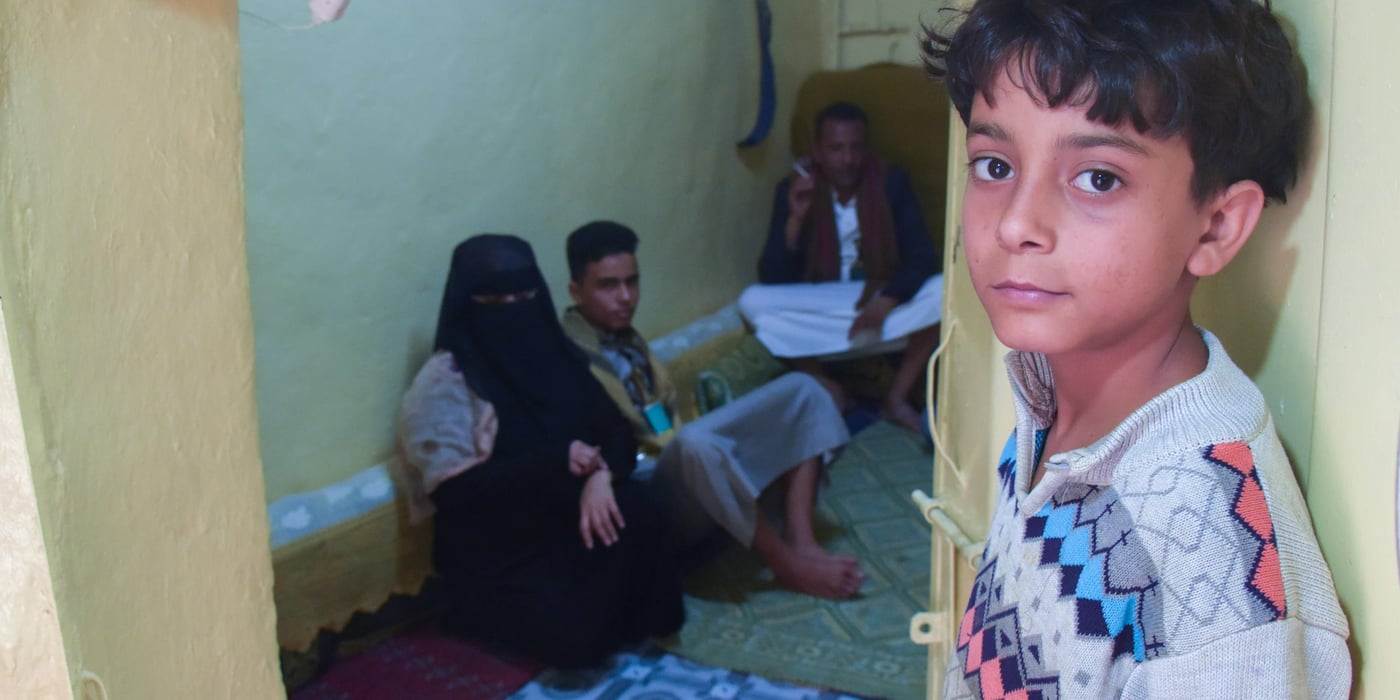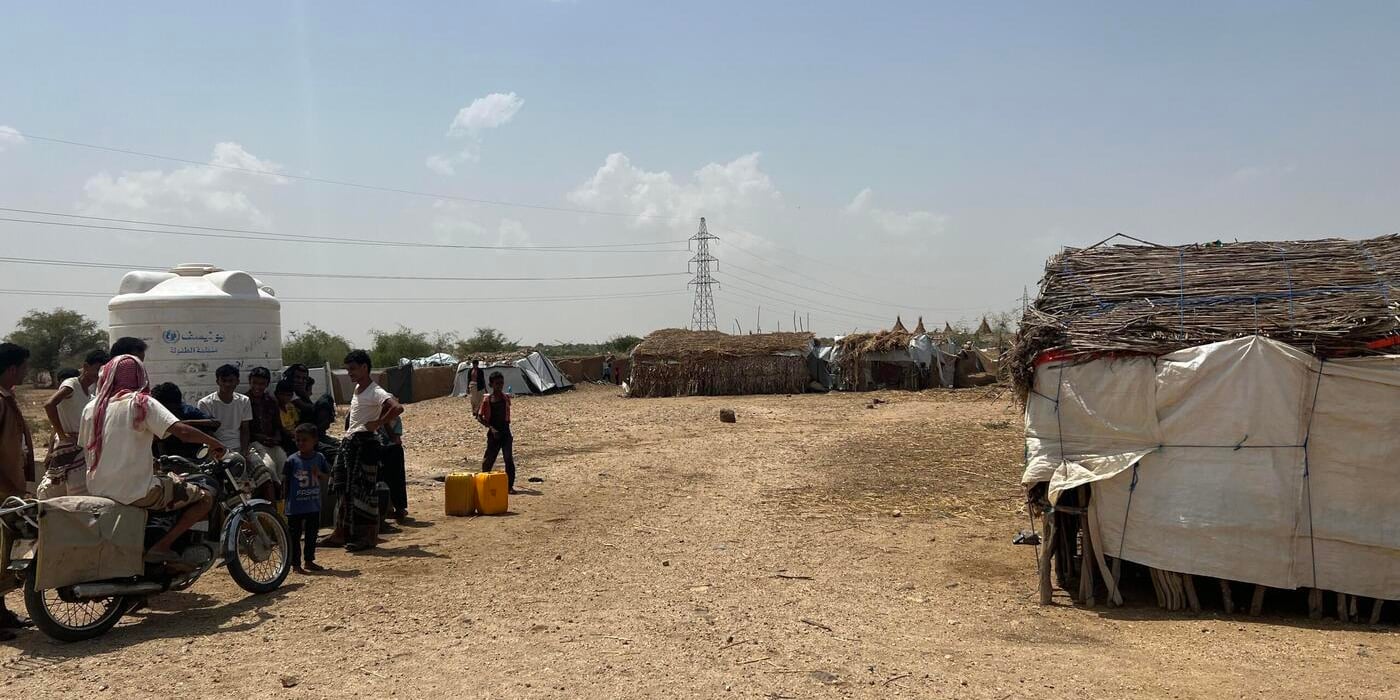
Norwegian Refugee Council’s (NRC) analysis of attacks on civilians over the last three months reveals that civilian casualties in Hajjah and Taiz alone have more than doubled since the Hodeidah ceasefire and Stockholm Agreement came into effect, with 164 and 184 people killed respectively.
“The reduction in violence seen in Hodeidah through recent months, has been counteracted by escalations in other parts of the country,” said Mohamed Abdi, country director for NRC in Yemen. “While air strikes on Hodeidah city have reduced significantly and a semblance of life has resumed, the fighting is intensifying in other parts of the country with a devastating impact on civilians.”
Four years in to the war, Yemeni civilians continue to be killed and injured every day. They are being ruthlessly killed in their homes, cars, in markets and at work.. An estimated 788 civilian casualties were reported nationwide since 18 December last year. The majority of them, 318 people, were killed by shelling.
Across Yemen, a total of 1,631 houses, 385 farms, 47 local businesses and 13 schools were attacked in the same period. These attacks are making an already dire humanitarian situation worse and contributing to starvation, and pushing children out of school.
The data collected by the Civilian Impact Monitoring Project shows that whilst in 2018 and previous year’s air strikes caused the most civilian harm and damage, victims of airstrikes have halved in the last three months. However, victims of landmines, snipers and Improvised Explosive Devices (IEDs) are on the rise.
In Hodeidah, the ceasefire and Stockholm Agreement hang in the balance. Major clashes have resumed in parts of the city, threatening to reverse any fragile gains. With troop re-deployments stalled and little progress on the political front there is a real danger the city and Hodeidah port will come under renewed attack, cutting off food, water and essential supplies to the northern parts of the country.
“As the world’s eyes remain on Hodeidah since the ceasefire was agreed, there’s carnage going on elsewhere,” said NRC’s Yemen Country Director Mohamed Abdi. “The war is intensifying in other parts of the country with a devastating and deadly impact on civilians.”
One of the latest deadly attacks on civilians claimed the lives of 12 children and 10 women in Kushar district earlier this month. Thirty others were injured, including 14 children. The intensified fighting is also leading to mass displacement of families, and thousands more are trapped by the fighting.
“Four years into this war, we continue to urge warring parties to stop attacks against civilians,“ Abdi said. “They should instead put their efforts behind implementing the Hodeidah ceasefire and Stockholm Agreement. They need to go back to the negotiating table, extend the ceasefire across all of Yemen, and put an end to this untold suffering for Yemeni civilians.”


